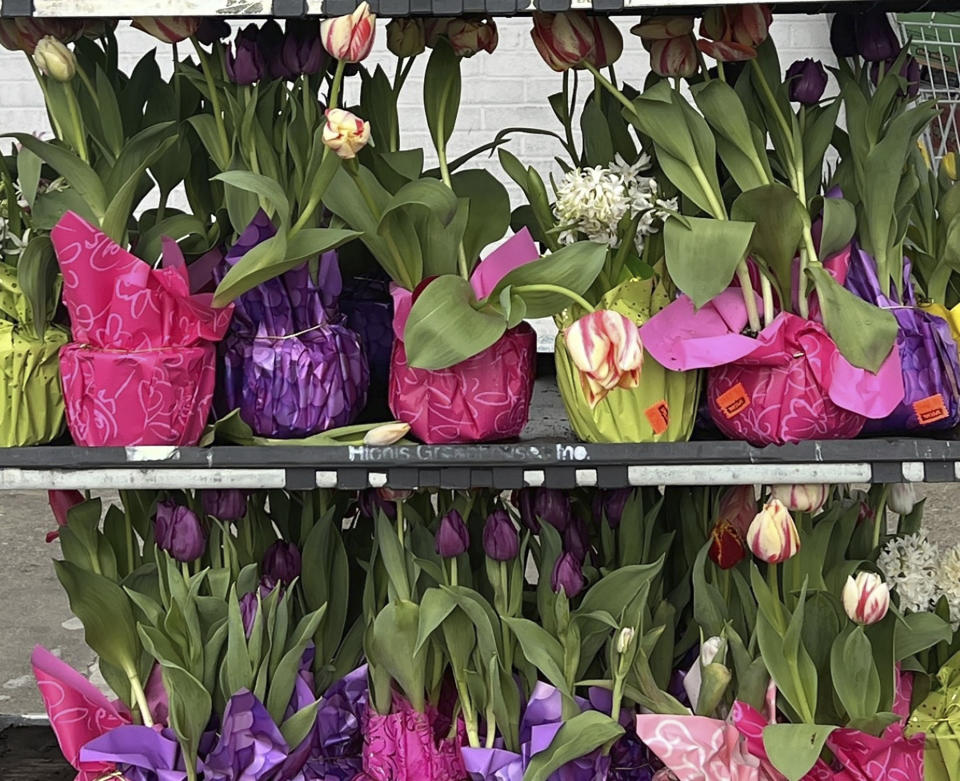How to care for a potted lily and other gift plants
If you celebrated Easter last weekend, you might be reading this beside a cellophane- or foil-covered pot of lilies, hydrangeas, hyacinths or daffodils. Typically, spring gift plants like these are enjoyed until their flowers fade, and then are thrown away like stale Peeps.
But, if you treat them right, these gift plants can thrive in your garden, often for years to come.
Your first step should be to remove the pot’s wrapper, which traps the water draining from the hole at the bottom of the container, placing the plant at risk for root rot.
Then, set the plant by a sunny window and water lightly whenever the soil dries. Snip off spent flowers as they fade and continue to care for plants indoors until the danger of frost has passed.
Plant lilies in a sunny garden spot at the same depth as they were growing in the pot. Water thoroughly, apply mulch to retain soil moisture and suppress weeds, and feed with a 10-10-10 fertilizer.
Repeat feedings monthly throughout the growing season. Although you may see new growth during spring and summer, the plant will not likely bloom again this year.
Plant gift hydrangeas similarly, then provide one dose of a slow-release, balanced fertilizer (10-10-10). No further fertilization should be needed for the remainder of the season. The plant should bloom next year.
When hyacinth foliage turns yellow (this may be well after the danger of frost has passed), dig a hole as deep as the container and toss in a handful of bone meal before planting. Water, mulch and fertilize with a 10-10-10 product weekly throughout summer to provide energy that the underground bulb will store to produce next year’s flowers.
Tulips aren’t very reliable rebloomers outside of their native range of Central Asia and Turkey. Gardeners in most other regions face diminishing returns for a few years until, one day, nothing but leaves and stems show up. Because of this, many gardeners treat tulips as annuals, planting new bulbs every year. Still, there’s nothing to lose by experimenting: Plant tulips outdoors following the guidelines for hyacinths – and hope for the best next spring.
Warning: All of these plants are toxic to cats. Chewing on one lily leaf or simply licking its pollen can lead to kidney failure. If you suspect your cat may have ingested any part of a toxic plant, no matter how small, call your veterinarian immediately.
—-
Jessica Damiano writes regular gardening columns for the AP and publishes the award-winning Weekly Dirt Newsletter. You can sign up here for weekly gardening tips and advice.
___
For more AP gardening stories, go to https://apnews.com/hub/gardening.

 Yahoo News
Yahoo News 

